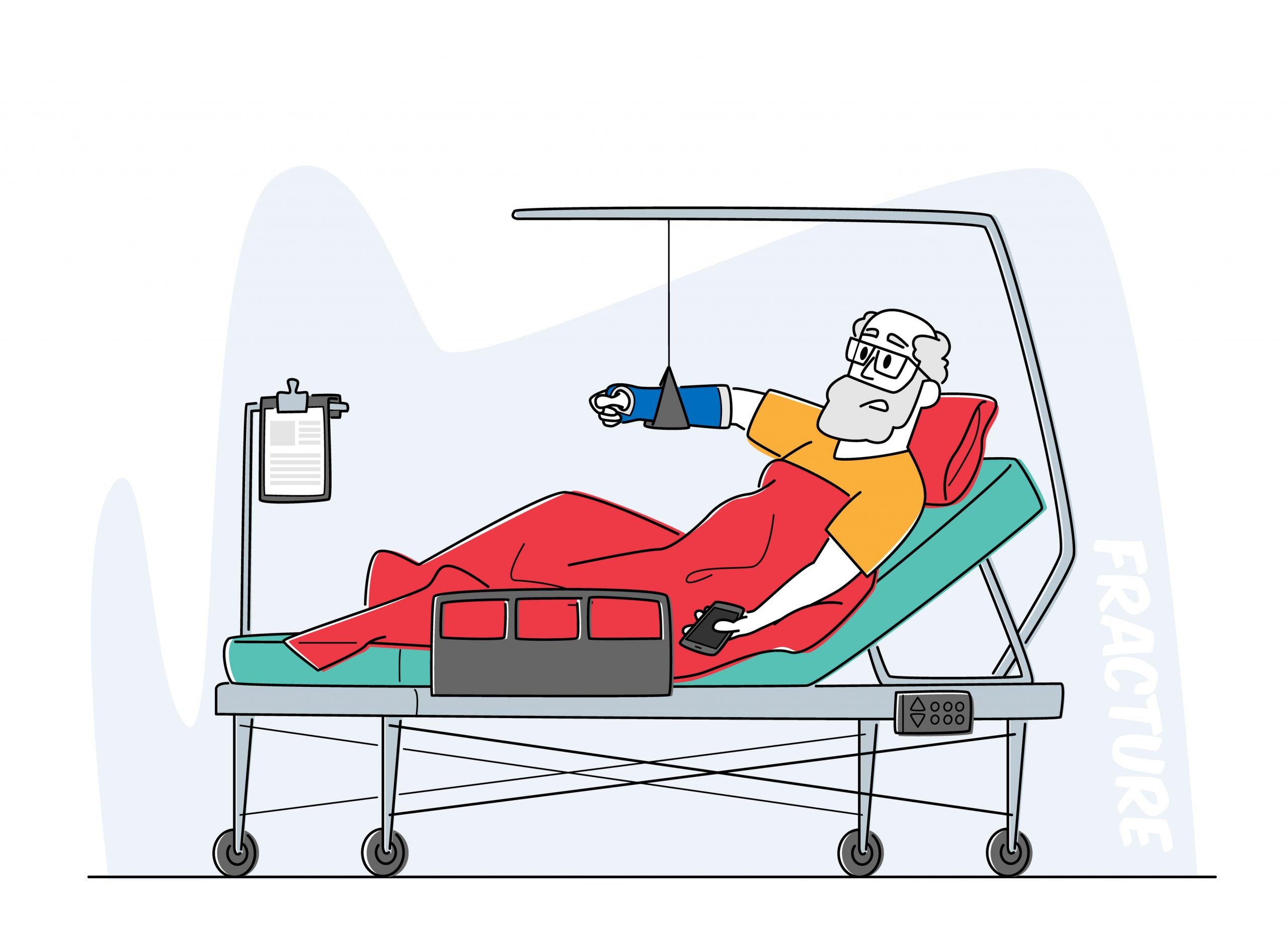- Conditions
- Procedures
- Patient care
- Why choose us
- Our Doctors
- Contact
What are Upper Limb Fractures?

Upper limb fractures include hand, wrist and arm fractures
The upper limbs, including the hands, wrists, elbows and arms, are a common location for fractures, or broken bones. Since we use our arms to perform nearly any everyday task, including heavy lifting and high velocity motions, combined with their exposure, they are often subjected to forces that can cause a fracture. In addition to trauma, fractures can also develop due to repetitive motion stress.
Upper limb pain related to a potential fracture should never be ignored. Delaying diagnosis and treatment increases the risk of improper healing and symptoms worsening. While hand, wrist or arm pain can interfere with your quality of life, there are effective treatments that can promote healing and help manage symptoms.
Whether you’ve been diagnosed with an upper limb fracture or are researching potential causes of pain, the following guide can help. If you have any questions or would like to learn more about your treatment, please reach out to us today.
Causes of hand, wrist and arm fractures
The upper limbs consist of a large number of bones, particularly the wrists and hands which are made of 27 bones each. There are also three bones that make up the arm, the upper arm or humerus, and the radius and ulna in the forearm. Any of the bones in the upper limbs can develop a fracture depending on the nature of the trauma. Common causes of upper limb fractures include:
- Direct trauma by an object
- Motor vehicle collision
- Falls
- Contact sports such as football, wrestling or gymnastics
- Repetitive stress
- Severe twisting
As people age, fractures can also become more likely due to natural degeneration and related conditions such as osteoporosis or even cancer.
Symptoms of upper limb fractures
Fractures due to fall, collision or other trauma usually result in severe pain immediately after. In some cases fractures can be visible to the eye. However, it is also possible for less severe fractures to potentially be mistaken for other injuries, which is why any serious injury should receive prompt professional attention.
The most common symptoms of fractures in the arm, wrist or hand include:
- Sharp pain
- Visible bruising
- Swelling
- Highly limited range of motion or complete immobility
- Grinding, cracking or popping sensations
- A prominence or bump at the point of fracture
A qualified physician can perform the steps necessary to diagnose an upper limb fracture and prescribe necessary treatment.
Diagnosing upper limb fractures
Fractures, including hand, wrist and arm fractures, are typically diagnosed with an X-ray. X-ray radiation responds to the calcium in bones, making a fracture highly visible. A diagnosing physician should also perform the following steps:
- Review medical and treatment history
- Perform a visual examination
- careful hands-on evaluation of the upper limb.
If the diagnosis is a fracture in the upper limb, treatment will depend on the location and severity of the fracture, although there are many standard treatments that are used to treat broken bones of any type.
Hand, wrist and arm fracture conservative treatments
The first step in treating a broken upper limb, whether in the hand, wrist or arm is to ensure the fracture is properly set so it can heal properly. In the case of a broken upper arm or wrist, a sling or cast is often required to limit movement. A splint, brace or cast may be used for the hand depending on the nature and extent of the injury. It is important to keep any fracture immobilized so that the break can heal properly and it does not worsen.
To help manage symptoms, including swelling and pain, as the fracture heals, over-the-counter medication and cold compression can be used as needed. Fractures should heal within six weeks, but this time frame varies from patient to patient. After any cast or splint is removed, patients can expect to undergo a physical therapy program designed to rebuild strength and mobility. Physical therapy techniques include therapeutic exercise and manual therapies performed by the therapist.
Upper limb fracture surgical procedures
Surgery for upper limb fractures become necessary in certain cases, but is generally seen as a last-resort treatment. For example, if there are compound fractures or bone fragments that have shifted out of position. Surgery for a severely broken arm, wrist or hand may involve rods and screws to hold the bones in place while they heal. Some of these procedures can be performed on an outpatient basis due to the development of minimally invasive techniques.
USA Spine Care treatment options
To learn more about our treatment options for a wide range of upper limb conditions, including fractures, reach out to our caring team. Our highly skilled doctors, surgeons and treatment professionals have decades of combined experience in helping patients find relief from pain and mobility problems so they can return to the people and activities they’ve been missing.
Call toll free 1- 866-249-1627
